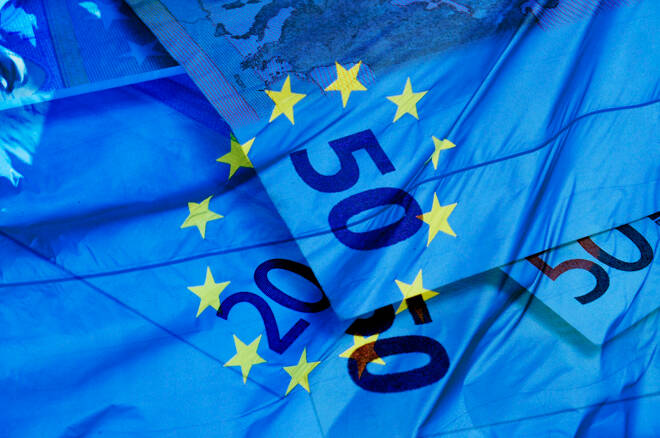Advertisement
Advertisement
German Trade and Italian Industrial Production Fail to Sink the EUR
By:
Economic data from the Eurozone failed to reverse EUR gains early in the day. Market sentiment towards ECB monetary policy continued to deliver support.
It was a relatively quiet morning on the Eurozone economic calendar this morning. Key stats included German trade data for December and industrial production figures for Italy.
German Trade Data
In December, Germany’s trade surplus narrowed from €10.8bn to €6.8bn. Economists had forecast a trade surplus of €10.4bn.
According to Destatis,
- Month-on-month, exports rose by 0.9% to €117.0bn.
- Compared with December 2020, exports increased 15.6%.
- Imports increased by 4.7% to €110.0bn.
- Imports increased by 27.8% when compared with December 2020.
Trade with EU countries
- Compared with December 2020, exports to the EU increased 23%, while imports from the EU rose by 23.5%.
- Goods exported to the euro area increased by 23.5%, while imports from the euro area rose by 27.9%.
- Exports of goods to non-EU countries increased by 8.0%, while imports from non-EU countries jumped by 32.5%, year-on-year.
Italian Industrial Production
In December, industrial production fell by 1.0%, partially reversing a 2.1% increase from November. Economists had forecast a 0.7% decline. Year-on-year, industrial production was up 4.4% after having been up by 6.6% in December. Economists had forecast a 5.0% increase.
Market Impact
Ahead of today’s stats, the EUR had risen to a pre-stat day high $1.14325 before falling back to sub-$1.1420 levels.
In response to today’s stats, the EUR fell to a post-stat and current day low $1.14026 before rising to a post-stat and current day high $1.14449.
At the time of writing, the EUR was up by 0.23% to $1.14418.
About the Author
Bob Masonauthor
With over 28 years of experience in the financial industry, Bob has worked with various global rating agencies and multinational banks. Currently he is covering currencies, commodities, alternative asset classes and global equities, focusing mostly on European and Asian markets.
Advertisement
